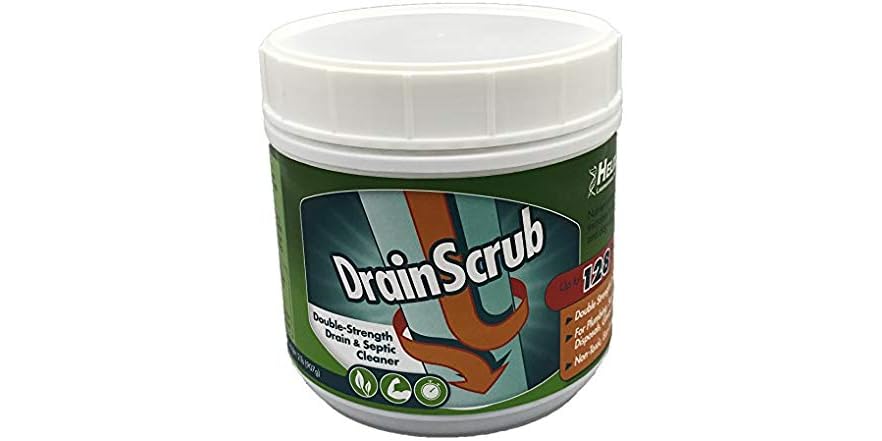One of the most popular and effective home remedies for a clogged kitchen sink is using a combination of baking soda and vinegar. This simple yet powerful duo can help break down any buildup and unclog your sink in no time. To use this method, start by pouring a pot of boiling water down the drain to help loosen any debris. Then, pour half a cup of baking soda down the drain, followed by half a cup of vinegar. Cover the drain with a plug or a cloth to prevent the mixture from bubbling back up. Let it sit for about 15 minutes, then pour another pot of boiling water down the drain to flush everything out. Baking soda and vinegar are natural cleaning agents and are great for maintaining a clean and clog-free drain.1. Baking Soda and Vinegar
Another simple but effective method to unclog a kitchen sink is by using boiling water. This method is best for sinks that are not completely clogged, but rather have a slow drain due to minor buildup. To use this method, simply bring a pot of water to a boil and carefully pour it down the drain. The hot water will help melt away any grease or debris that may be causing the blockage. Boiling water is a quick and easy solution for a mildly clogged kitchen sink.2. Boiling Water
If you have a stubborn clog in your kitchen sink, try using salt and hot water to break it up. Salt acts as an abrasive and can help loosen any buildup or debris that may be causing the blockage. To use this method, mix half a cup of salt with a pot of boiling water. Pour the mixture down the drain and let it sit for a few minutes. Then, run hot water down the drain to flush out the loosened debris. This method is especially effective for clearing out greasy clogs in the kitchen sink.3. Salt and Hot Water
A plunger is not just for unclogging toilets, it can also be used to unclog a kitchen sink. This method works best for sinks with a double drain, as you can plug one side while plunging the other. To use this method, fill the sink with a few inches of water and place the plunger over the drain. Use a few forceful plunges to try and dislodge the clog. You may need to repeat this a few times for it to be effective. Make sure to use a plunger specifically designed for sinks, as a toilet plunger will not be as effective.4. Plunger
Dish soap is a great degreaser and can help break down any greasy clogs in your kitchen sink. This method is best for sinks with a slow drain or minor clogs. To use this method, squirt a generous amount of dish soap down the drain, followed by a pot of hot water. The soap will help break down the grease and the hot water will flush it away. This method is also great for regular maintenance to prevent clogs from forming in the first place.5. Dish Soap and Hot Water
If you have a clog that is further down the drain, a wire hanger can be a useful tool to help dislodge it. This method works best for clogs caused by hair or other solid debris. To use this method, straighten out a wire hanger and bend one end into a small hook. Insert the hooked end into the drain and try to fish out any debris that may be causing the clog. Once you have removed the debris, run hot water down the drain to flush it out completely. Be careful not to push any debris further down the drain while using this method.6. Wire Hanger
If you have a wet and dry vacuum, you can use it to suck out any clogs in your kitchen sink. This method is best for larger or more stubborn clogs. To use this method, set your vacuum to the wet setting and place the hose over the drain. Turn on the vacuum and let it run for a few minutes to try and dislodge the clog. If the clog is too big to be sucked out, you may need to manually remove it with a wire hanger first. Make sure to clean out your vacuum thoroughly after using it for this purpose.7. Wet and Dry Vacuum
If you want a more natural and pleasant smelling solution for a clogged kitchen sink, try using lemon juice and baking soda. This method is best for mild clogs and can also help freshen up your drain. To use this method, mix half a cup of baking soda with half a cup of lemon juice. Pour the mixture down the drain and let it sit for about 30 minutes. Then, pour a pot of boiling water down the drain to flush everything out. The acidity of the lemon juice helps break down any buildup, while also leaving your drain smelling fresh and clean.8. Lemon Juice and Baking Soda
Caustic soda, also known as sodium hydroxide, is a powerful chemical that can dissolve organic matter and clear out stubborn clogs in your kitchen sink. However, it should be used with caution as it can be harmful if not handled properly. To use this method, follow the instructions on the packaging to mix the caustic soda with water. Pour the mixture down the drain and let it sit for about 20 minutes. Then, flush it out with hot water. Make sure to wear protective gear and follow all safety precautions when using caustic soda.9. Caustic Soda
If you prefer a more hands-off approach, you can try using an enzyme drain cleaner to unclog your kitchen sink. These cleaners contain enzymes that break down organic matter, making it easier to flush through your pipes. To use this method, pour the recommended amount of enzyme cleaner down the drain and let it sit for the recommended time. Then, flush it out with hot water. Enzyme drain cleaners are a safe and effective option for maintaining a clean and clog-free drain.10. Enzyme Drain Cleaner
Why You Should Try Home Remedies for a Clogged Kitchen Sink

The Importance of a Functional Kitchen Sink
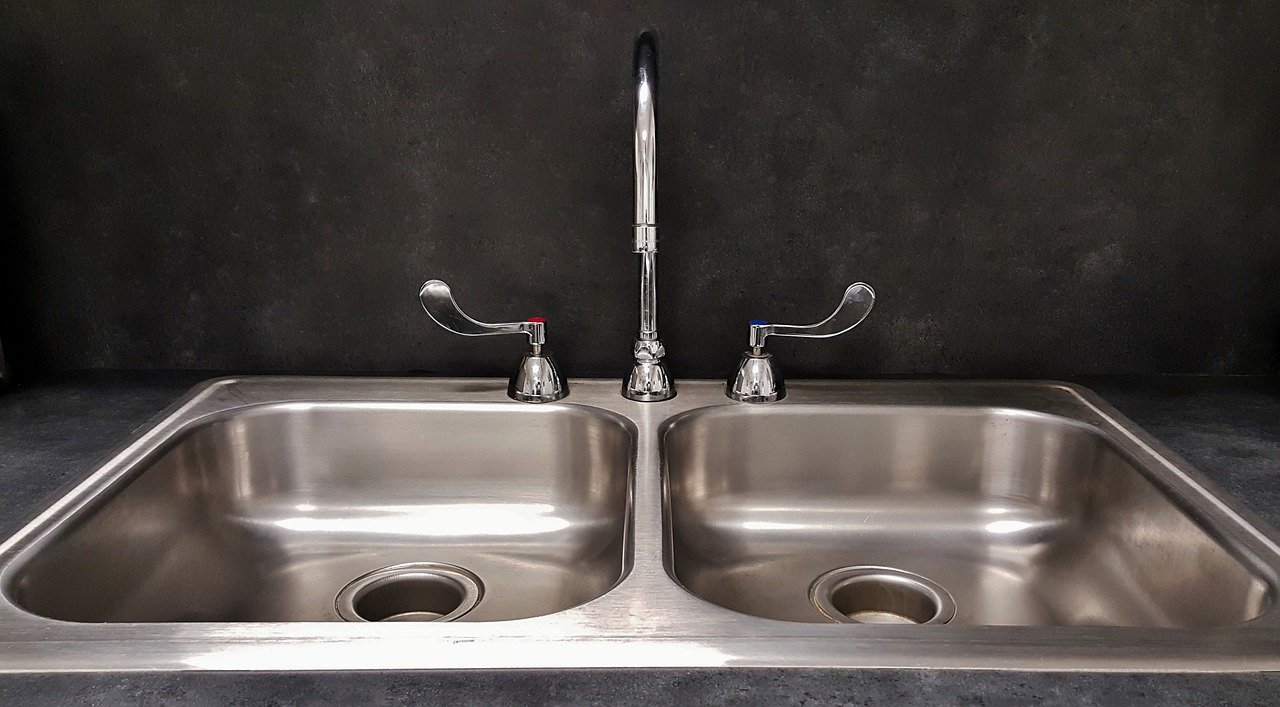 A clogged kitchen sink can quickly become a nuisance and disrupt daily household tasks. Whether it's washing dishes, preparing food, or simply getting a glass of water, a functional kitchen sink is essential for a smooth-running household. The last thing anyone wants is to deal with standing water and foul odors coming from their sink. While there are many commercial products available to unclog a kitchen sink, they often contain harsh chemicals that can be harmful to your health and the environment. This is where home remedies come in as a safe and effective alternative.
A clogged kitchen sink can quickly become a nuisance and disrupt daily household tasks. Whether it's washing dishes, preparing food, or simply getting a glass of water, a functional kitchen sink is essential for a smooth-running household. The last thing anyone wants is to deal with standing water and foul odors coming from their sink. While there are many commercial products available to unclog a kitchen sink, they often contain harsh chemicals that can be harmful to your health and the environment. This is where home remedies come in as a safe and effective alternative.
Benefits of Using Home Remedies to Unclog Your Kitchen Sink
 Using
home remedies
to unclog your
kitchen sink
has many benefits. Firstly, these remedies are usually made up of natural ingredients that are gentle on your
plumbing system
and the environment. This means no harsh chemicals that can corrode your pipes and cause damage in the long run. Secondly, they are cost-effective, as most of the ingredients can be found in your kitchen pantry. This saves you from spending money on expensive commercial products or calling a plumber. Lastly, home remedies are simple and easy to use, making them a convenient and hassle-free solution for a clogged kitchen sink.
Using
home remedies
to unclog your
kitchen sink
has many benefits. Firstly, these remedies are usually made up of natural ingredients that are gentle on your
plumbing system
and the environment. This means no harsh chemicals that can corrode your pipes and cause damage in the long run. Secondly, they are cost-effective, as most of the ingredients can be found in your kitchen pantry. This saves you from spending money on expensive commercial products or calling a plumber. Lastly, home remedies are simple and easy to use, making them a convenient and hassle-free solution for a clogged kitchen sink.
Effective Home Remedies for a Clogged Kitchen Sink
 There are many
home remedies
that have been proven to be effective in
unclogging kitchen sinks
. One of the most popular and effective methods is using a mixture of baking soda and vinegar. Simply pour half a cup of baking soda down the drain, followed by half a cup of vinegar. Let it sit for 15-20 minutes before pouring boiling water down the drain. The combination of baking soda and vinegar creates a chemical reaction that helps break down and dissolve any clogs in your pipes.
Another effective
home remedy
is using a plunger. This common household item can be a powerful tool in unclogging a kitchen sink. Just make sure to cover the overflow hole with a wet cloth before plunging to create a strong suction. You can also try using a mixture of salt and baking soda, followed by boiling water, to help break down and flush out any clogs.
There are many
home remedies
that have been proven to be effective in
unclogging kitchen sinks
. One of the most popular and effective methods is using a mixture of baking soda and vinegar. Simply pour half a cup of baking soda down the drain, followed by half a cup of vinegar. Let it sit for 15-20 minutes before pouring boiling water down the drain. The combination of baking soda and vinegar creates a chemical reaction that helps break down and dissolve any clogs in your pipes.
Another effective
home remedy
is using a plunger. This common household item can be a powerful tool in unclogging a kitchen sink. Just make sure to cover the overflow hole with a wet cloth before plunging to create a strong suction. You can also try using a mixture of salt and baking soda, followed by boiling water, to help break down and flush out any clogs.
Preventative Measures for a Clog-Free Kitchen Sink
 Prevention is always better than cure when it comes to a clogged kitchen sink. To avoid dealing with a clogged sink in the first place, there are a few preventative measures you can take. Avoid pouring grease, oil, and coffee grounds down the drain, as they can solidify and cause blockages. Also, make sure to use a drain strainer to catch any food particles and hair before they go down the drain.
In conclusion, a clogged kitchen sink can be a frustrating and inconvenient problem, but it can be easily remedied with simple and effective home remedies. These remedies not only save you time and money, but they are also gentle on your plumbing system and the environment. By taking preventative measures and using home remedies, you can ensure a clog-free and functional kitchen sink.
Prevention is always better than cure when it comes to a clogged kitchen sink. To avoid dealing with a clogged sink in the first place, there are a few preventative measures you can take. Avoid pouring grease, oil, and coffee grounds down the drain, as they can solidify and cause blockages. Also, make sure to use a drain strainer to catch any food particles and hair before they go down the drain.
In conclusion, a clogged kitchen sink can be a frustrating and inconvenient problem, but it can be easily remedied with simple and effective home remedies. These remedies not only save you time and money, but they are also gentle on your plumbing system and the environment. By taking preventative measures and using home remedies, you can ensure a clog-free and functional kitchen sink.




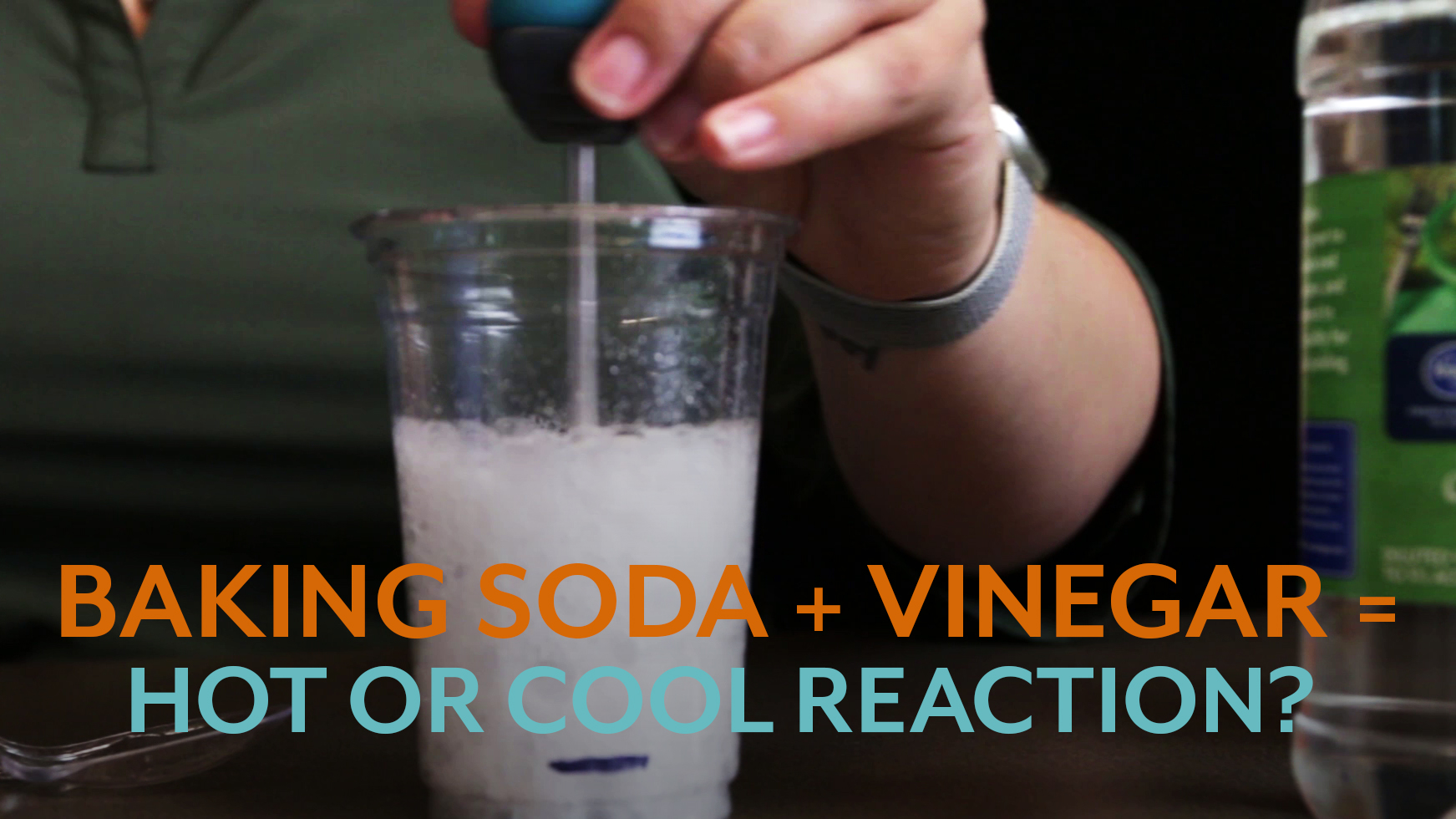

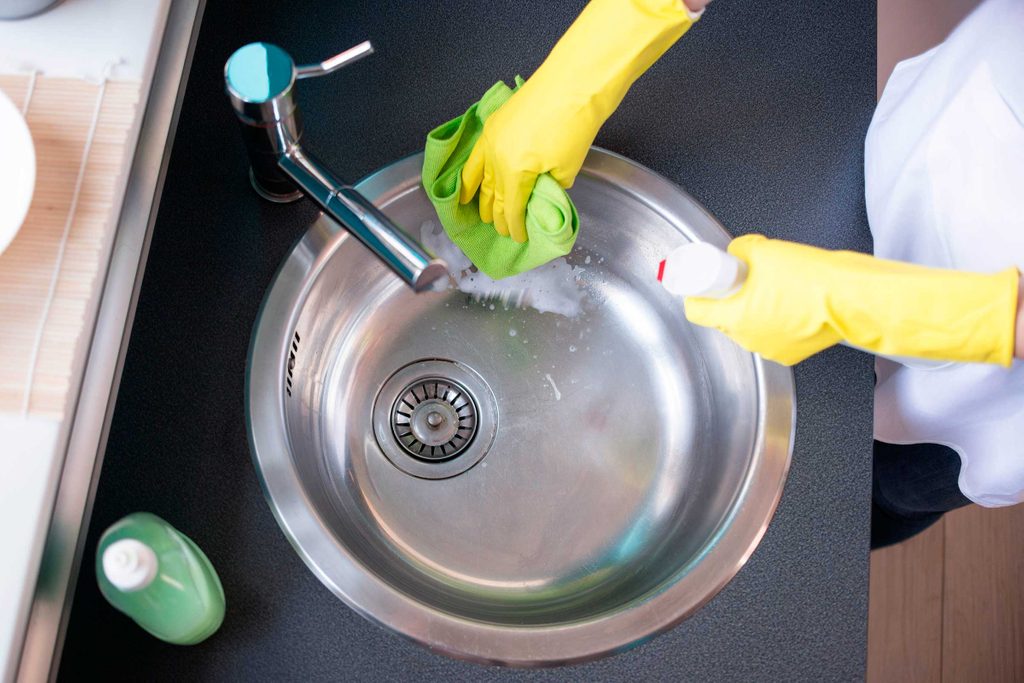


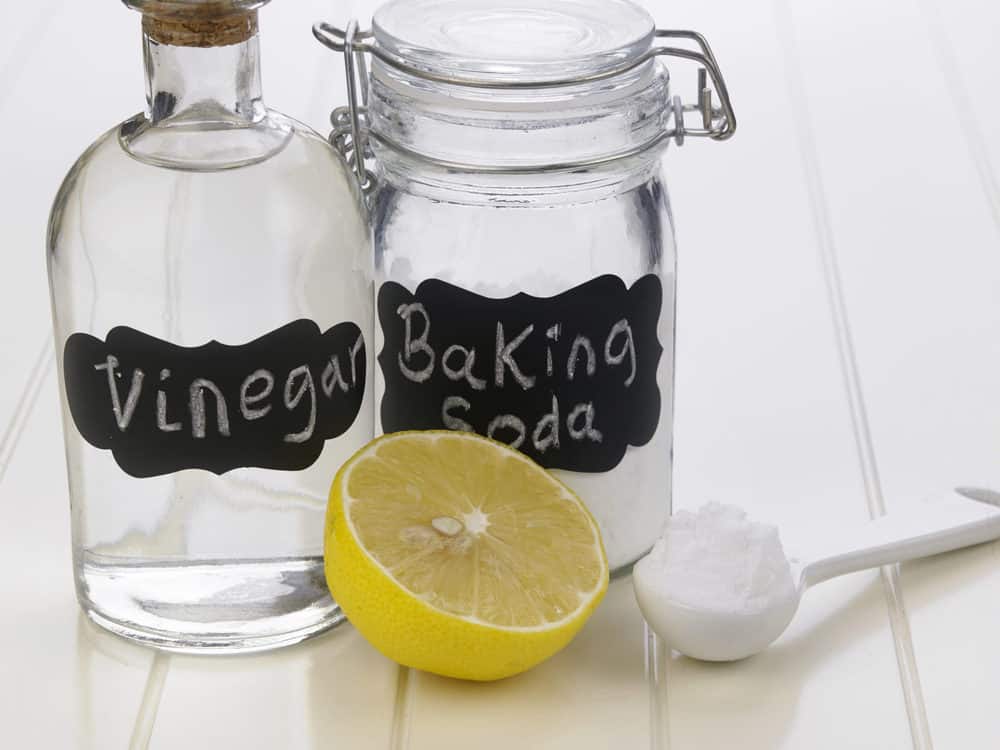
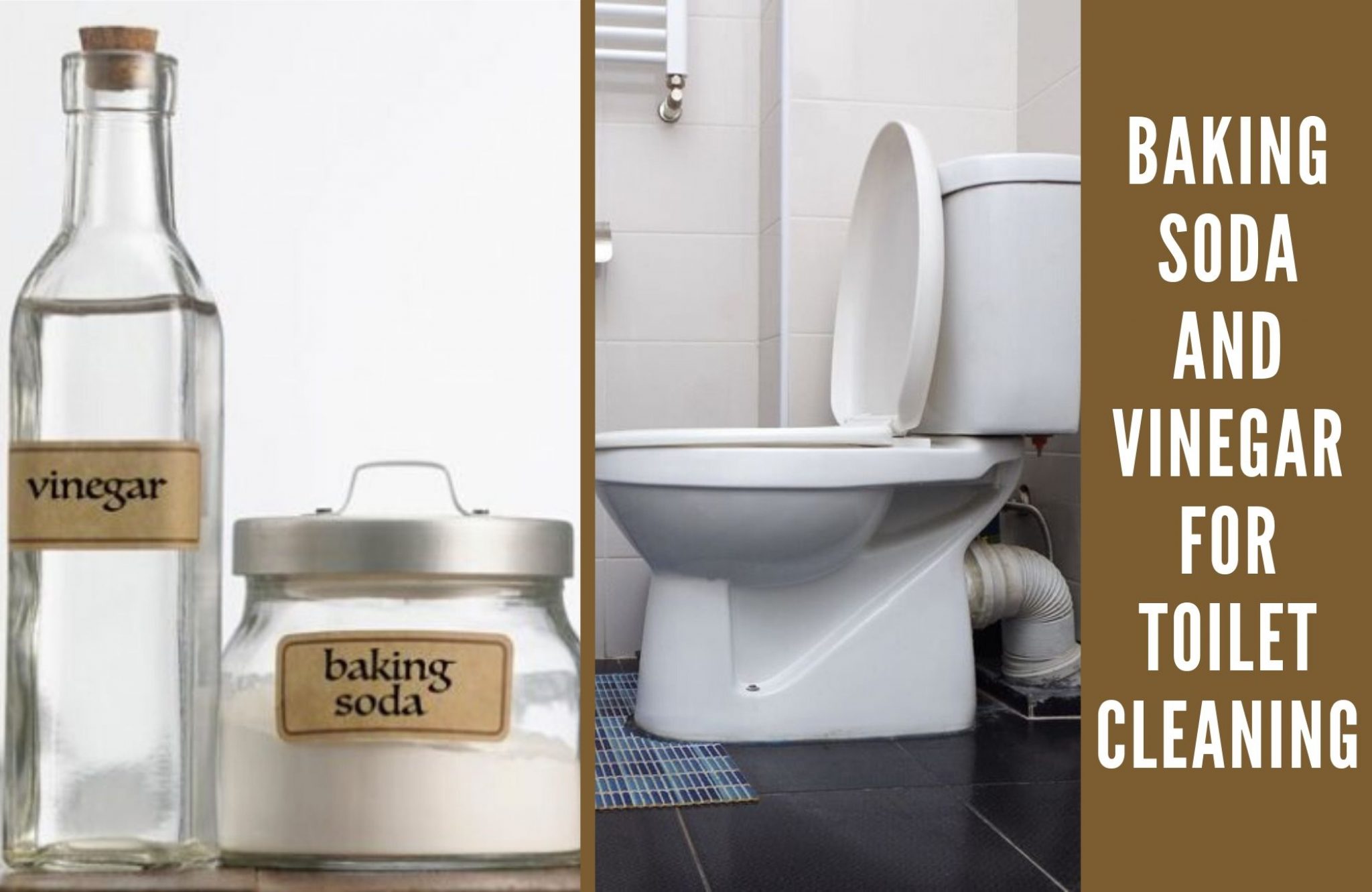



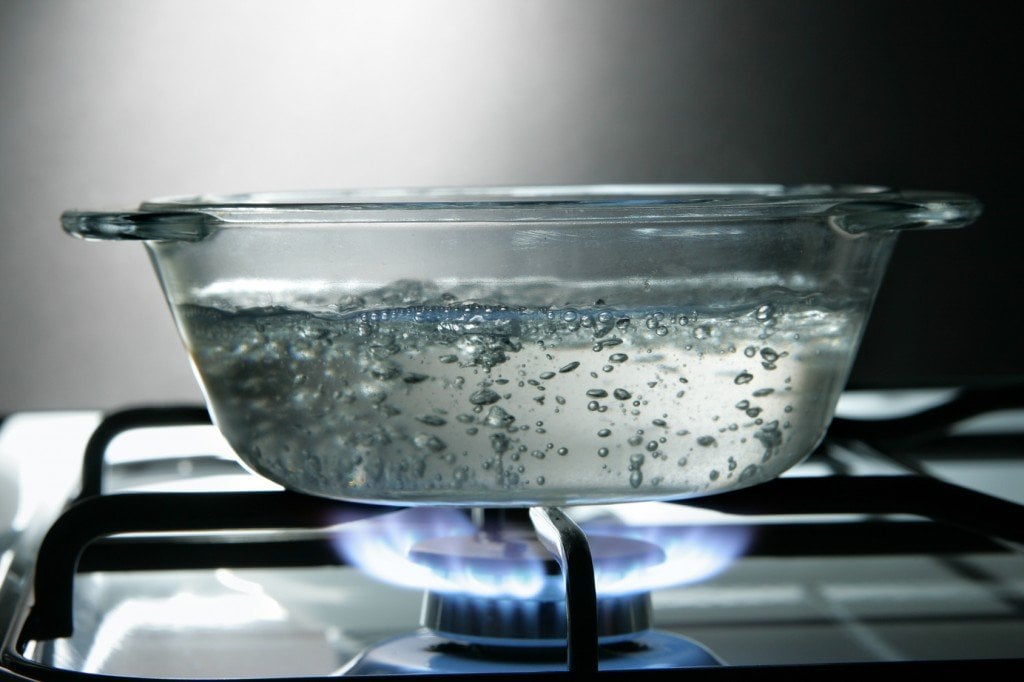
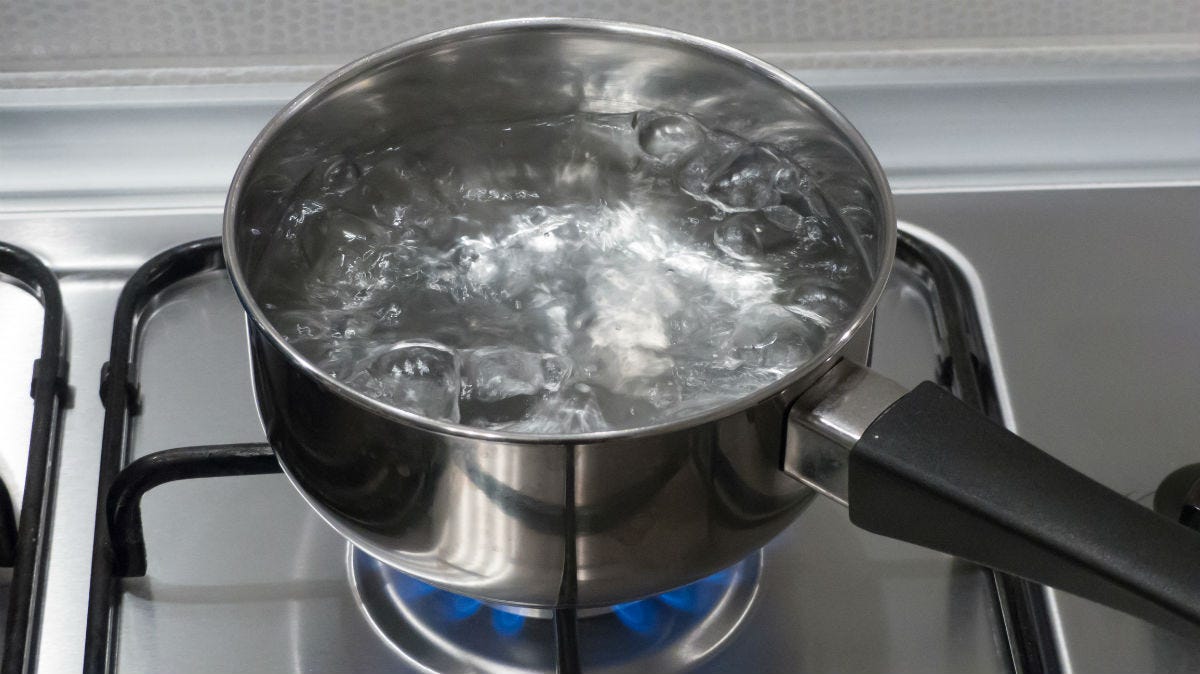


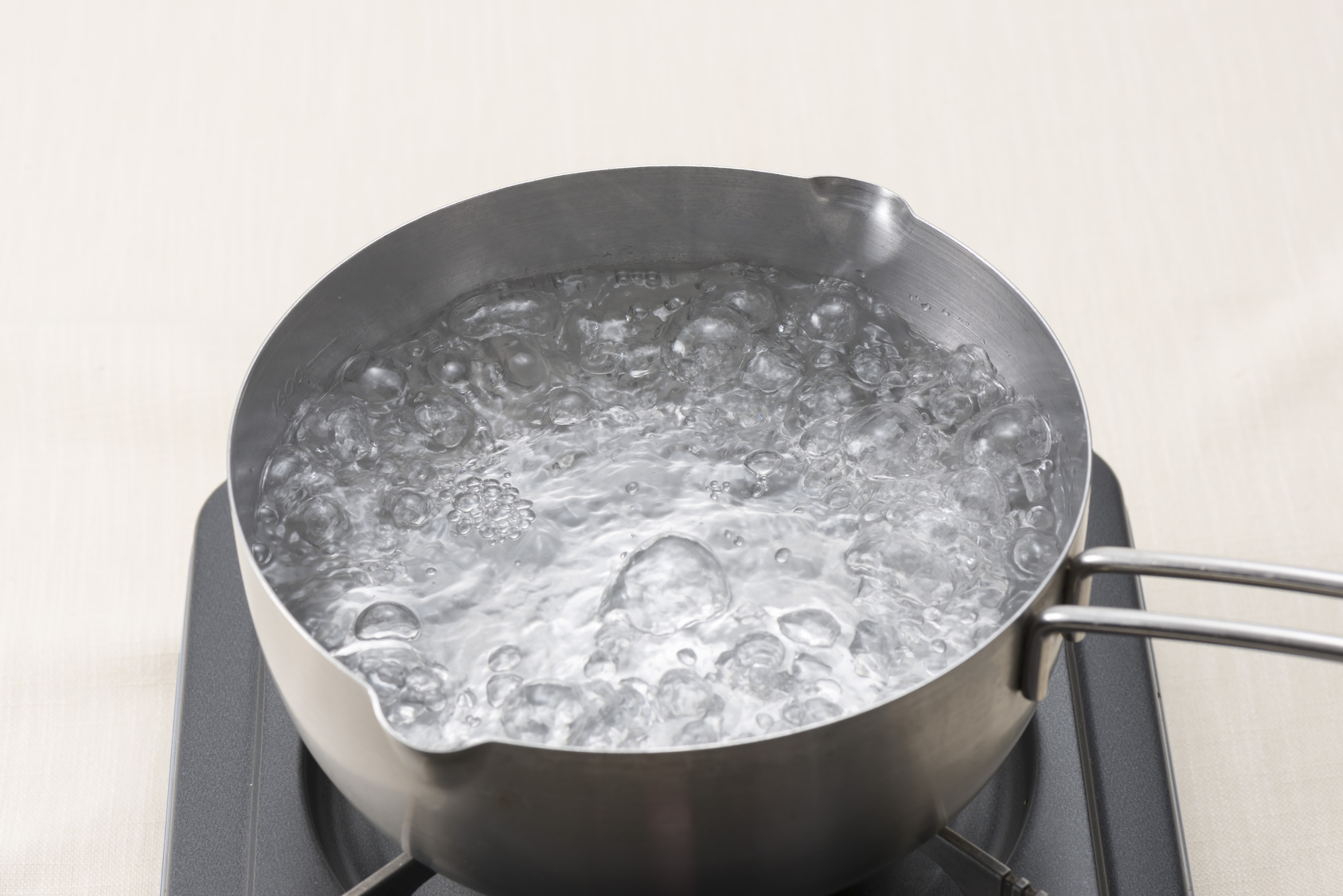
/boiling-water-on-gas-stove-143735234-5790aeb35f9b584d2005e949.jpg)
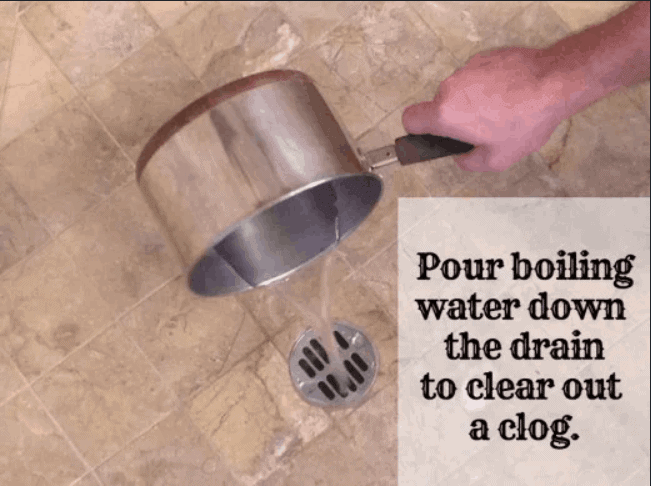

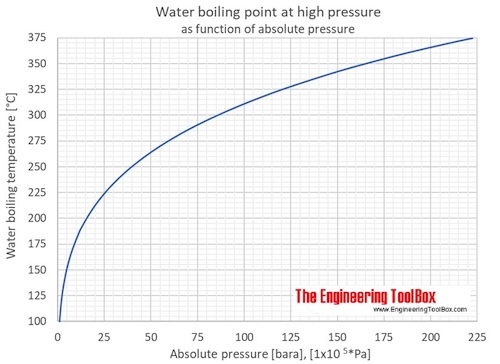




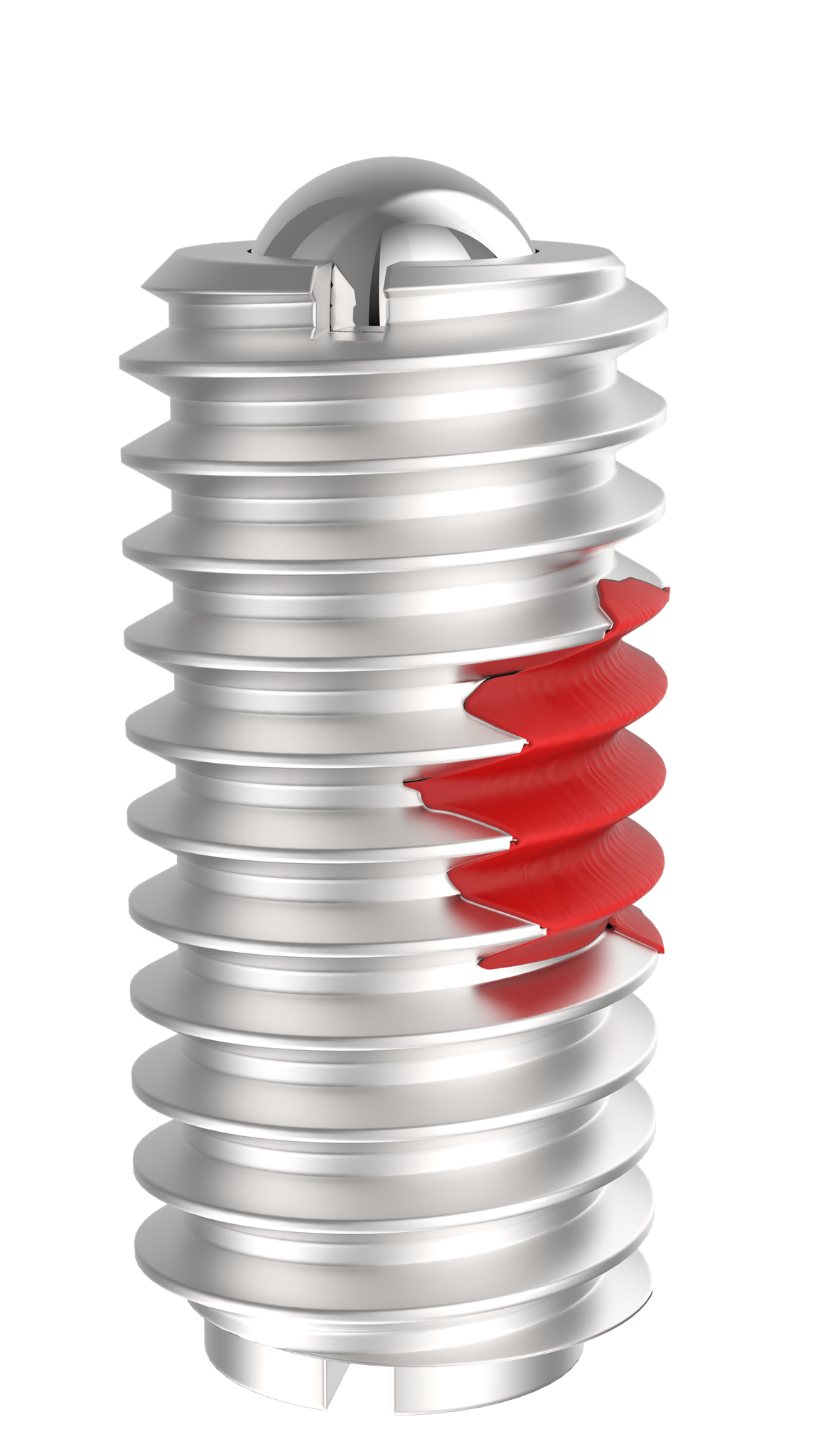

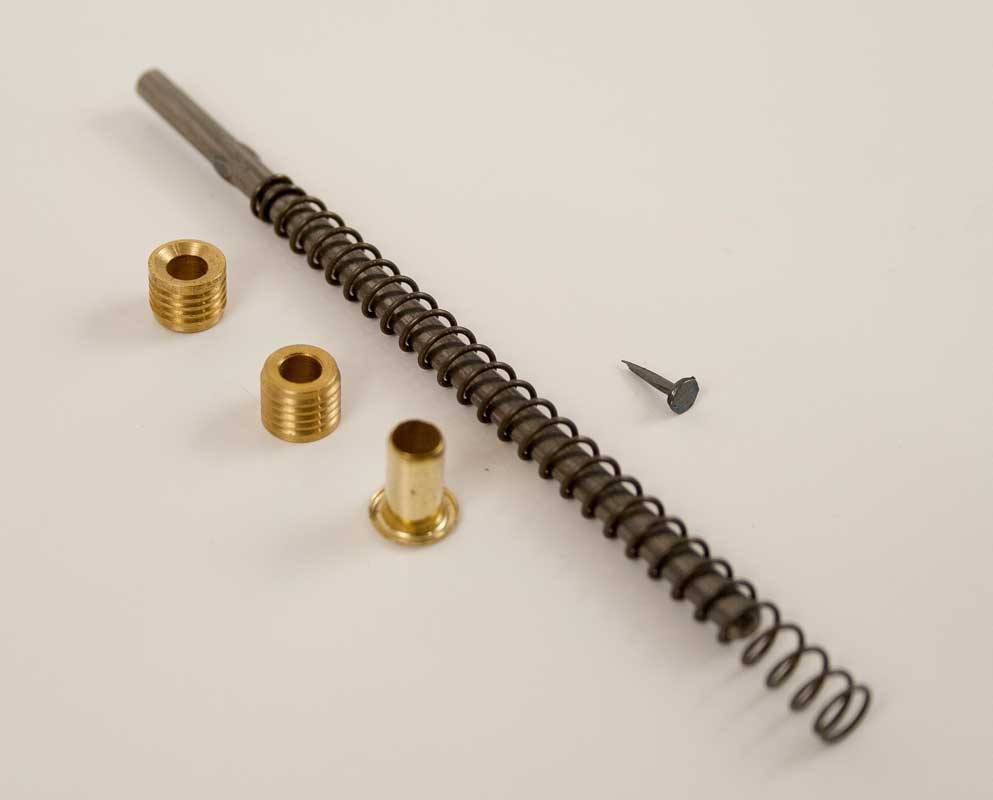



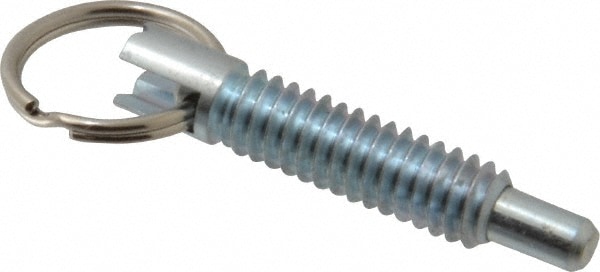

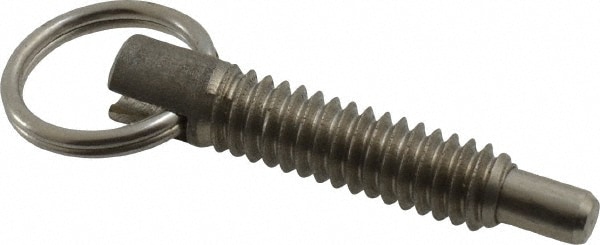
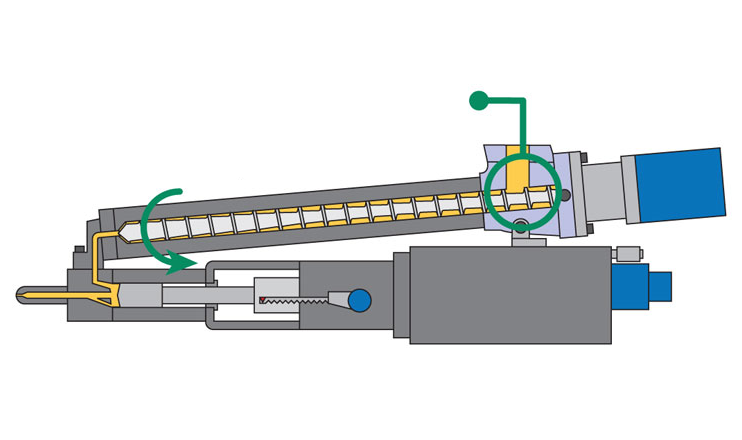



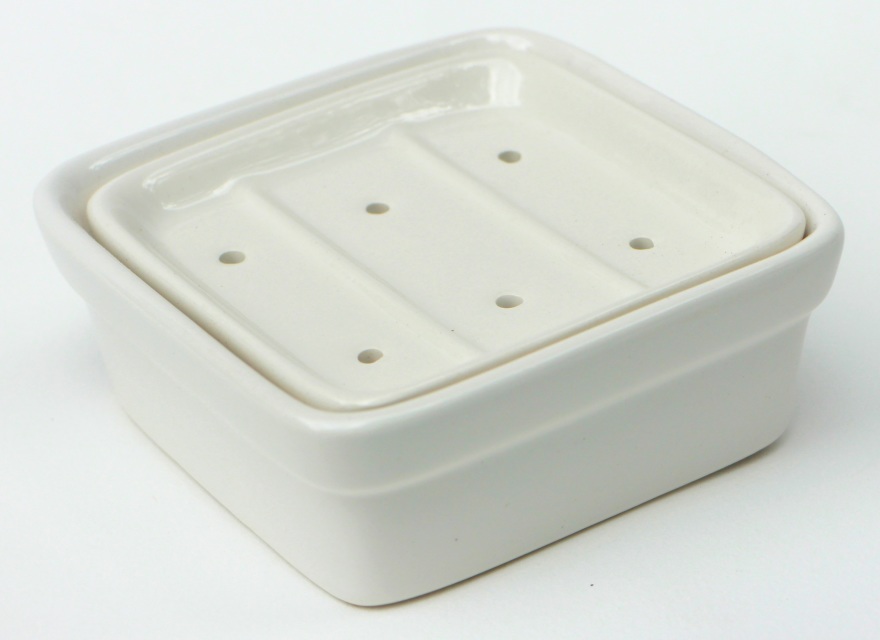


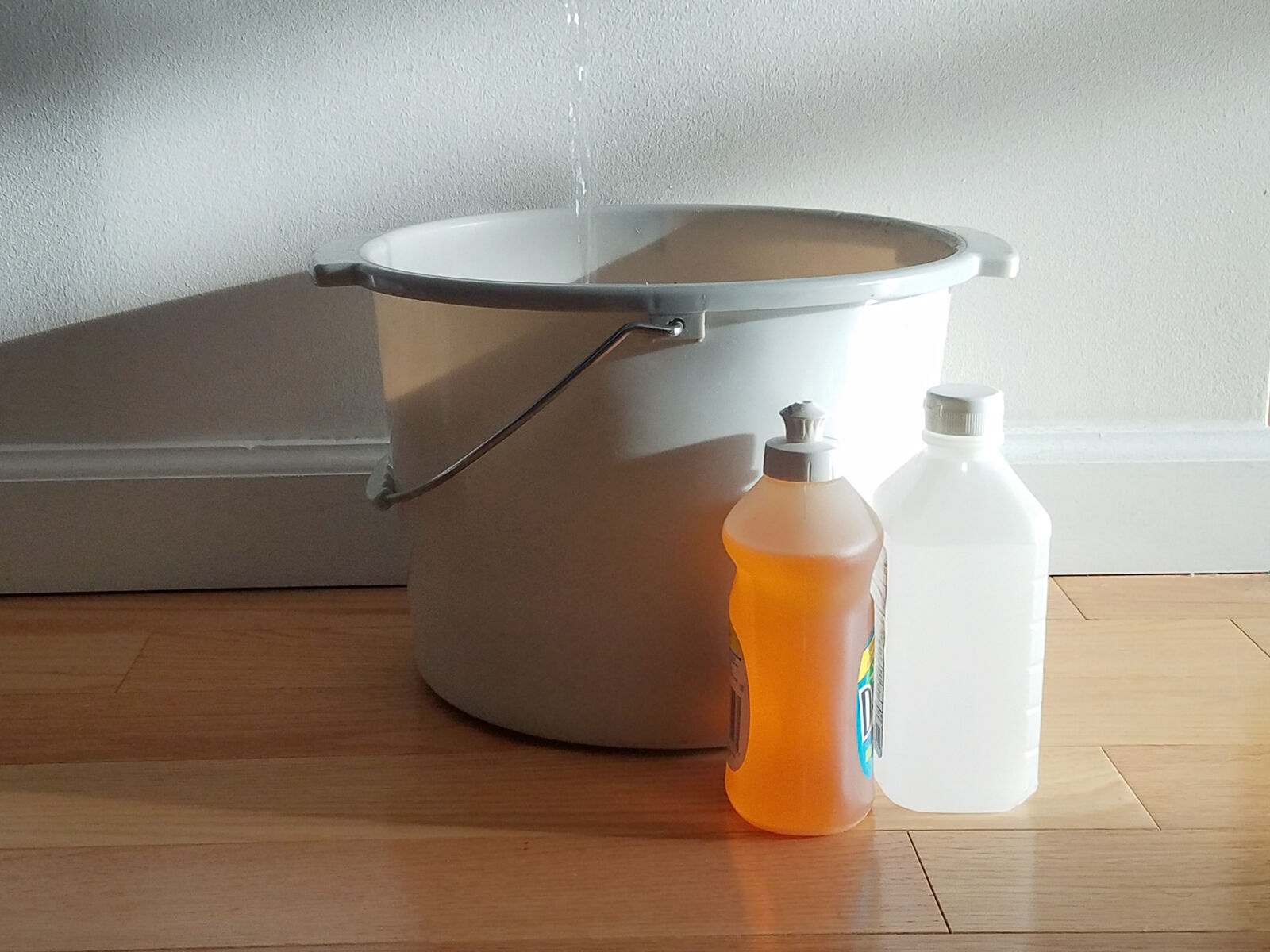
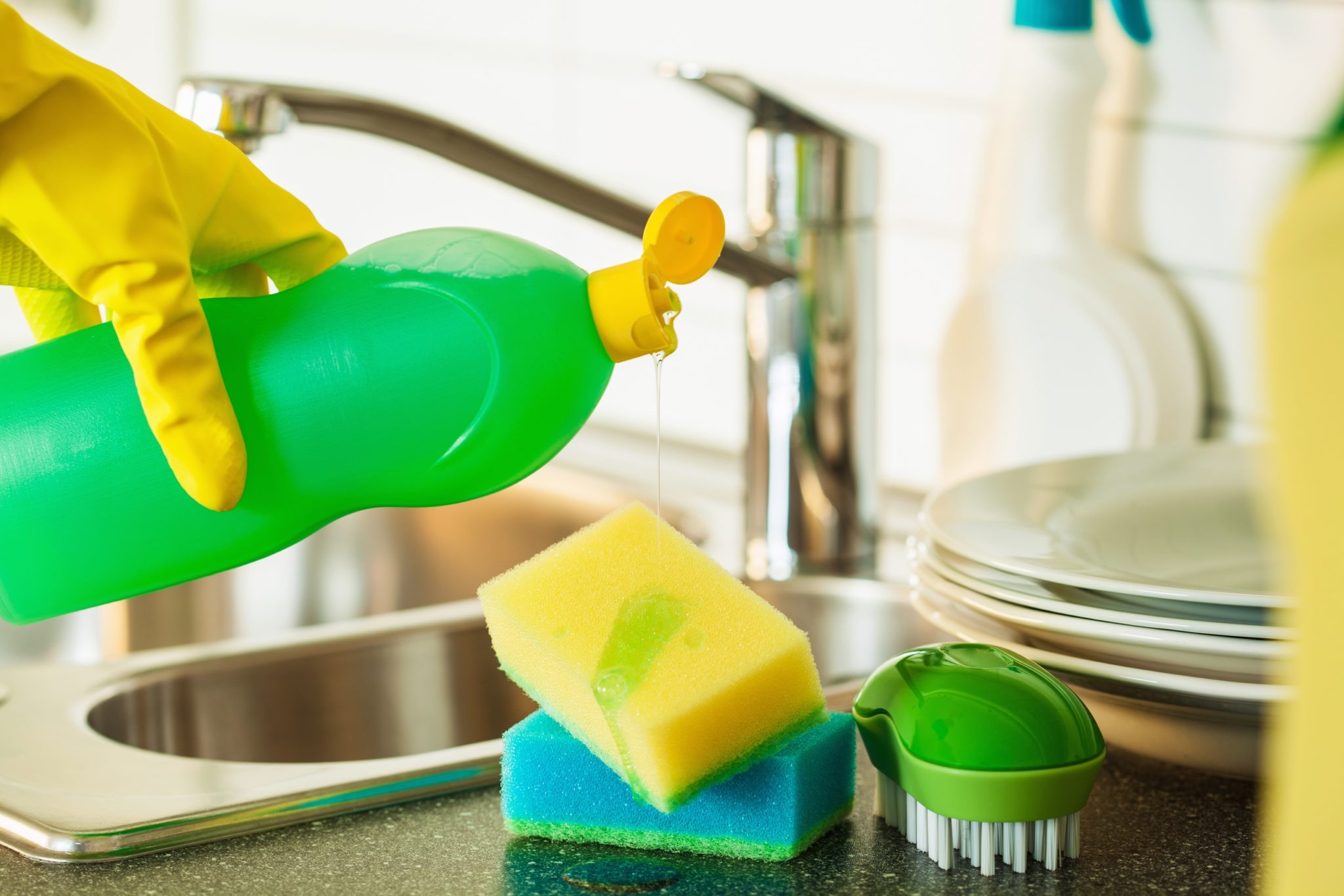
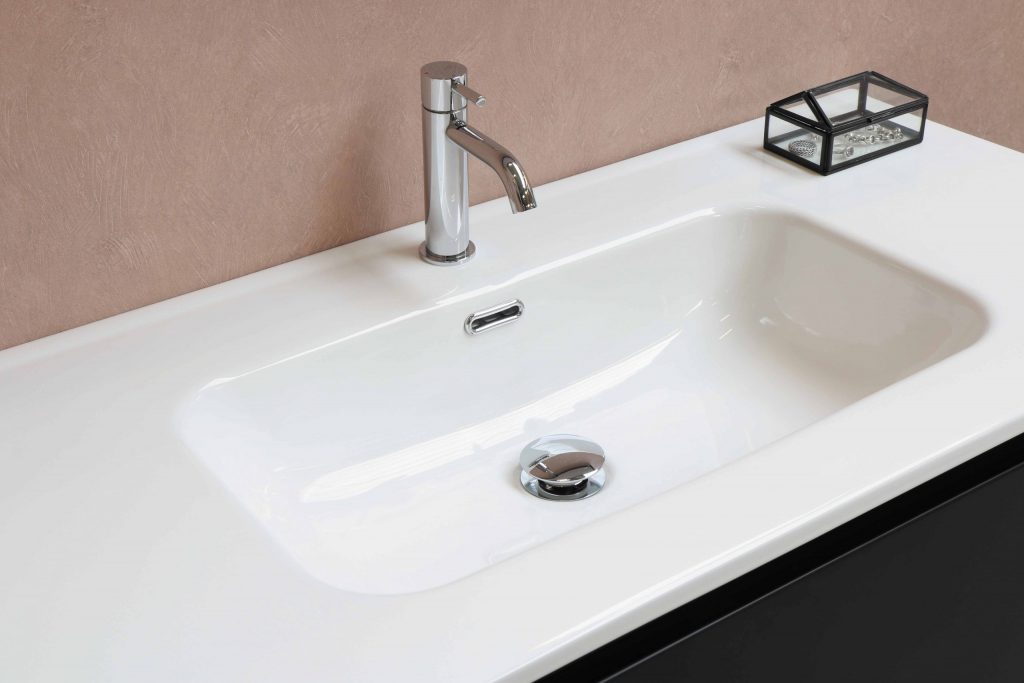
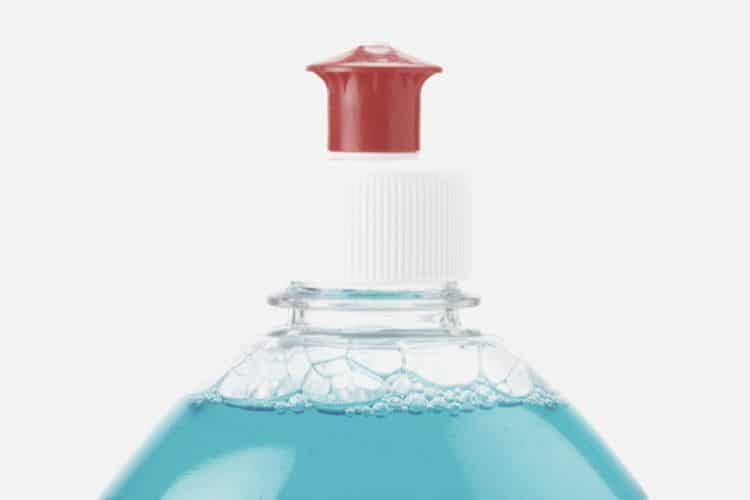






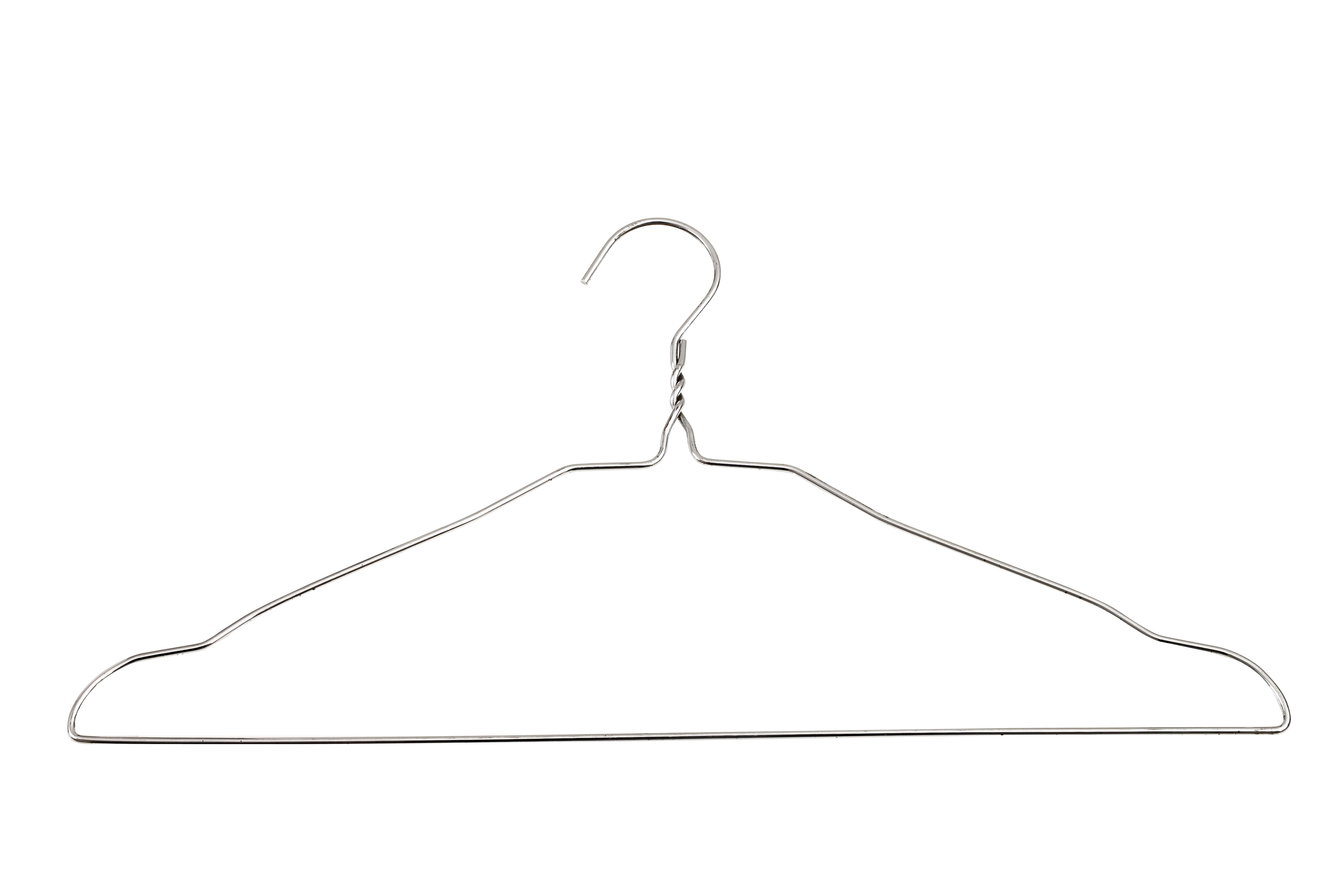





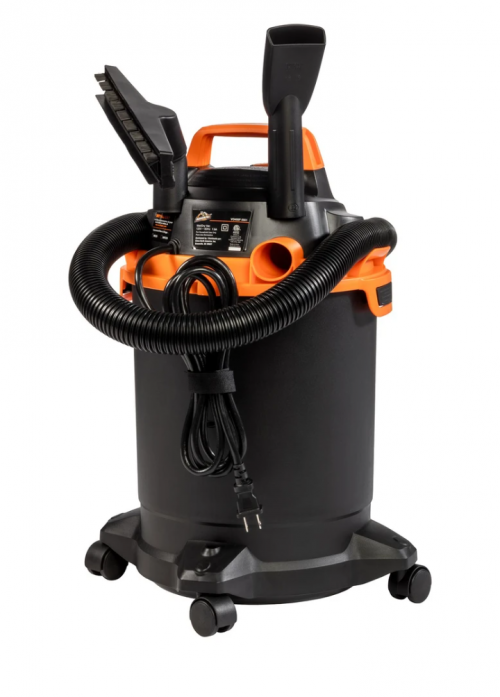


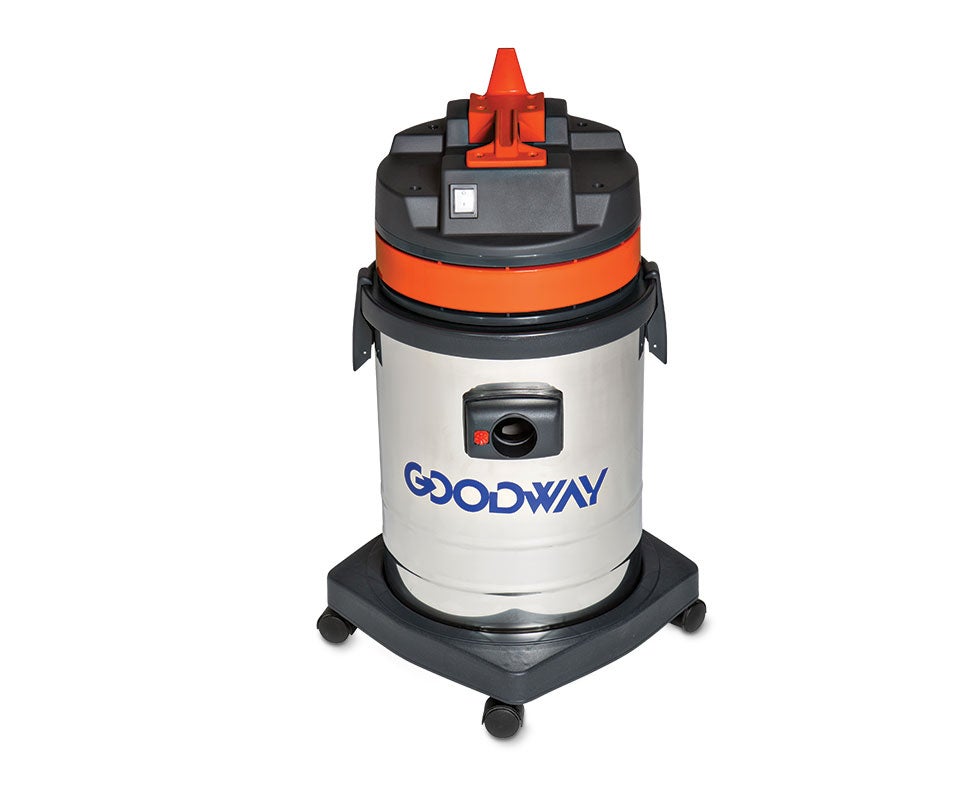

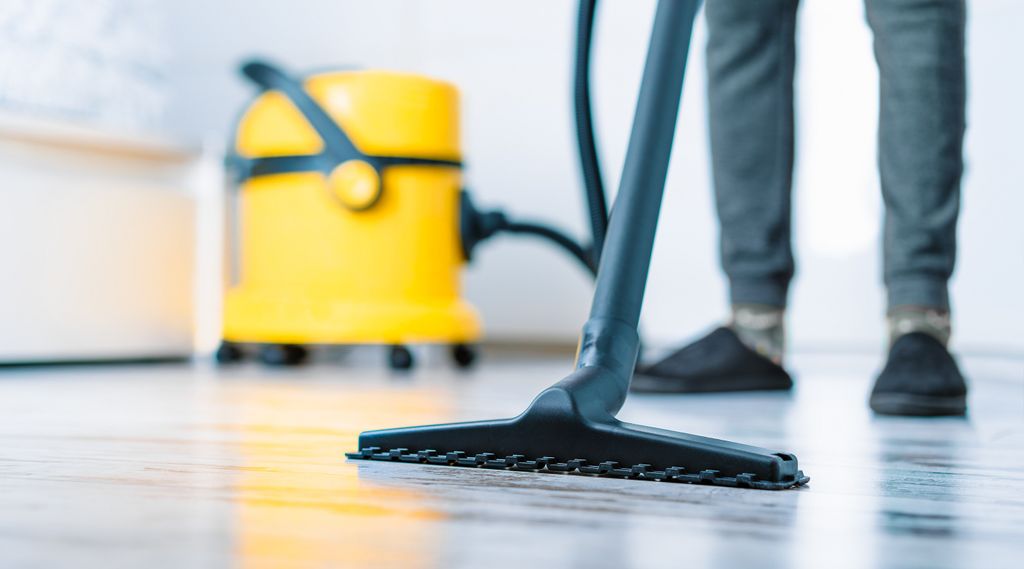







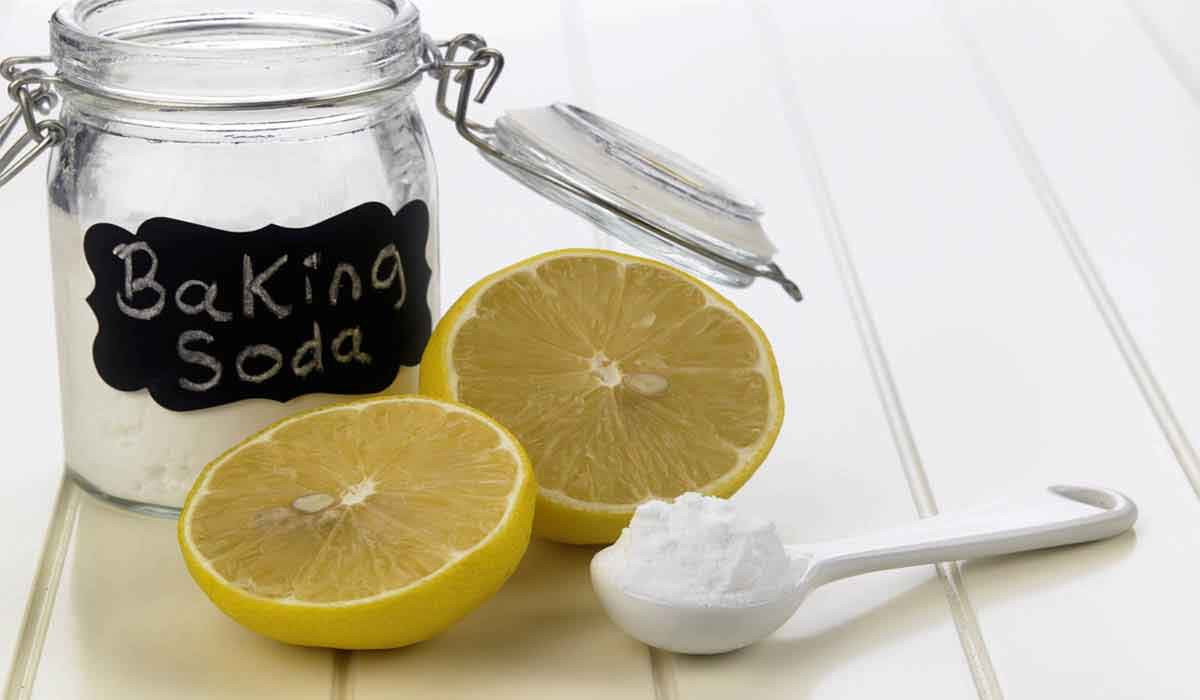


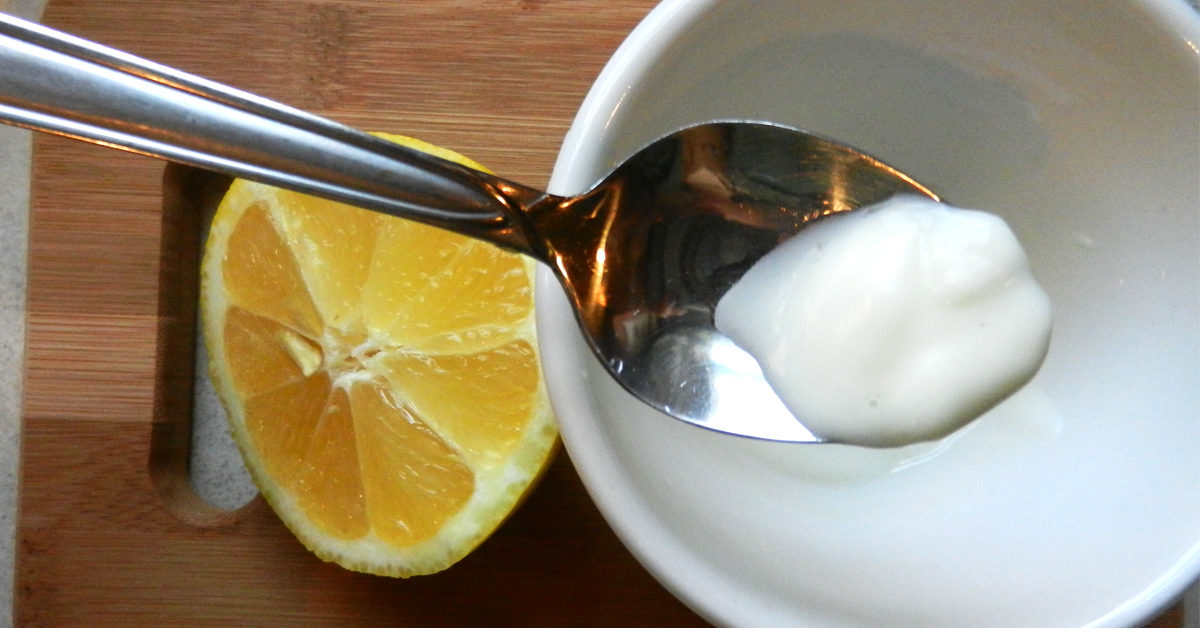
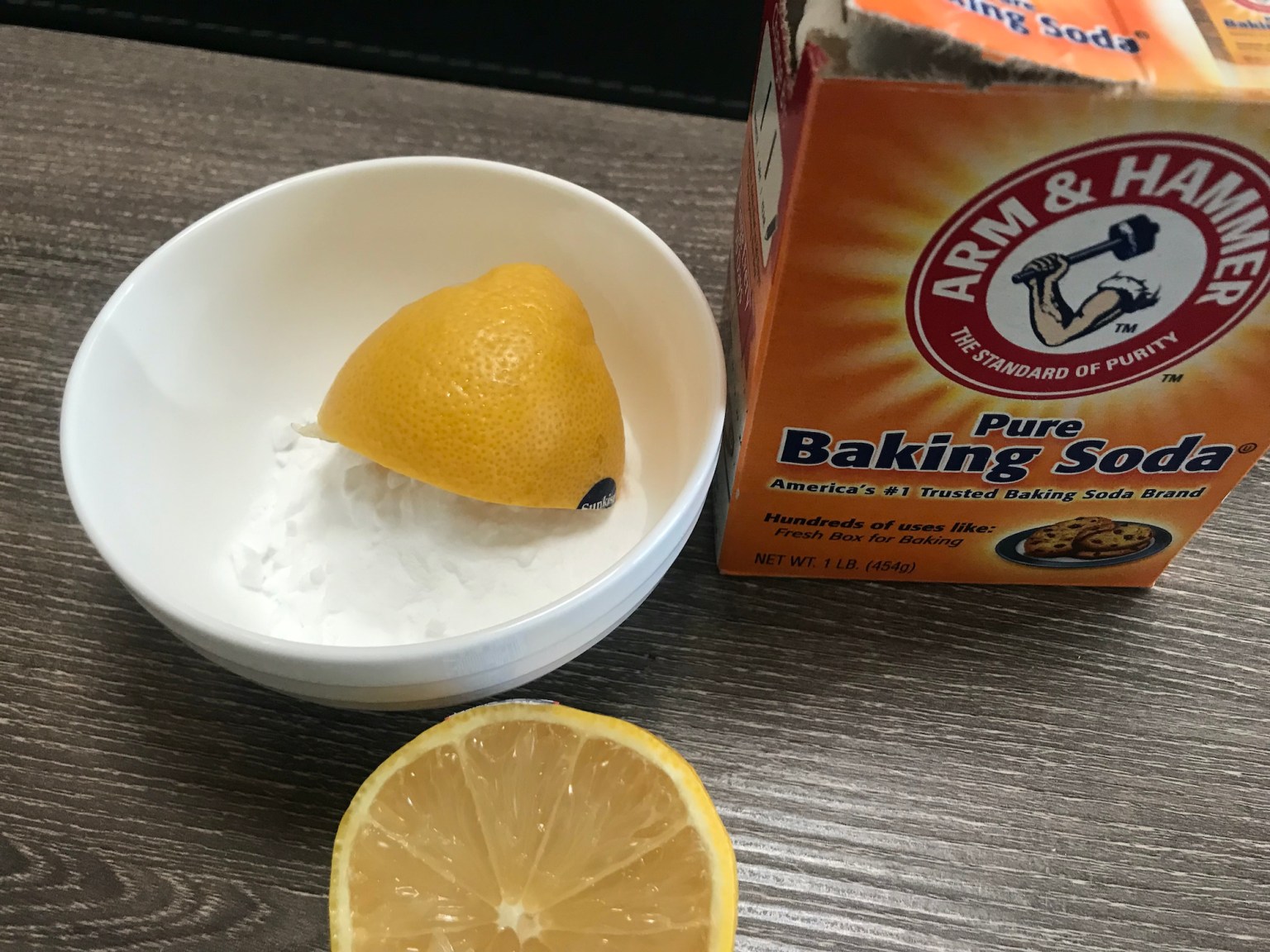



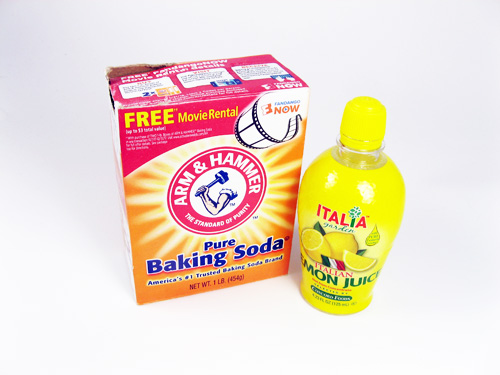

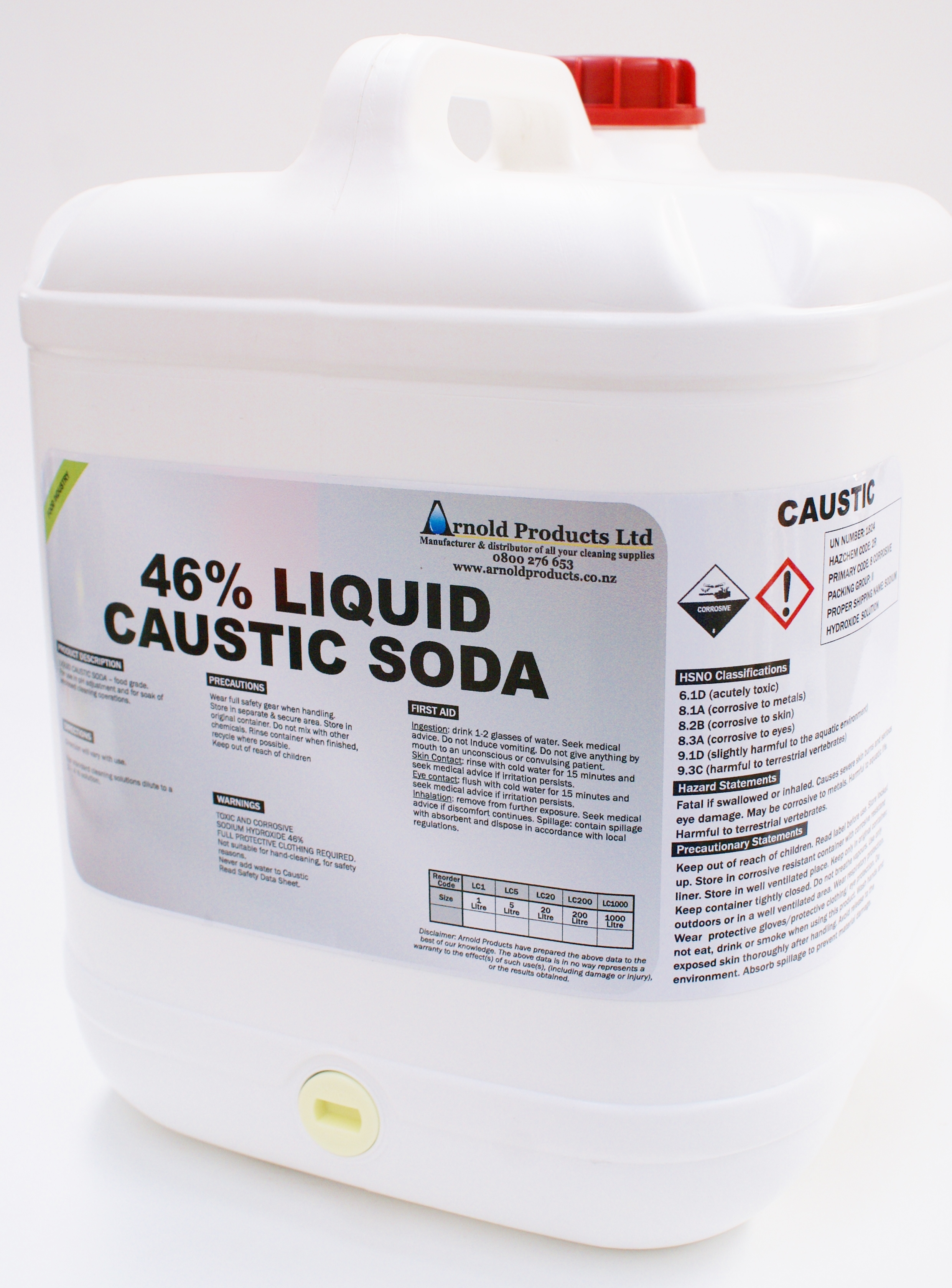






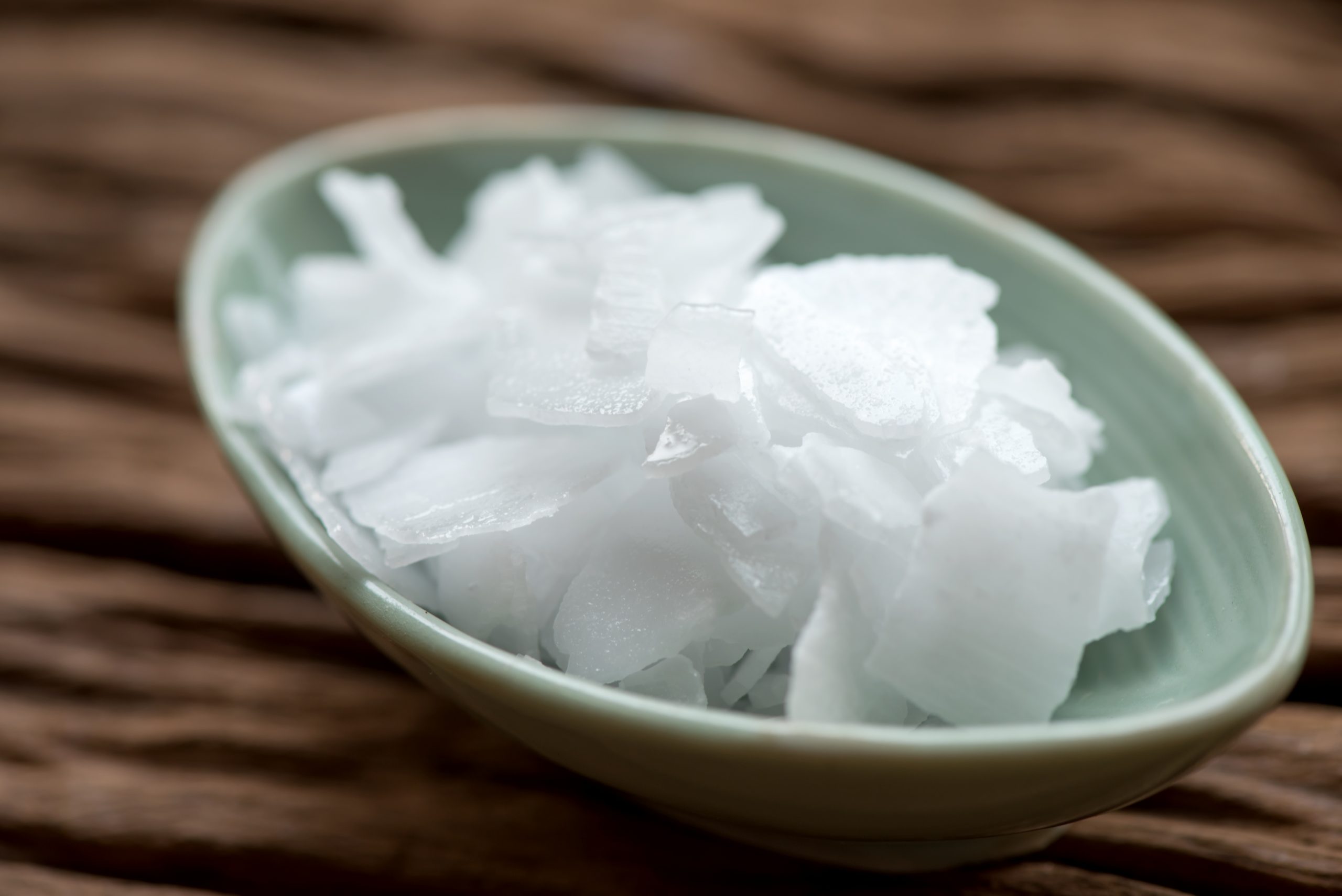






/GreenGobblerRefresh32oz-5bc63b0d4cedfd00266e4611.jpg)




